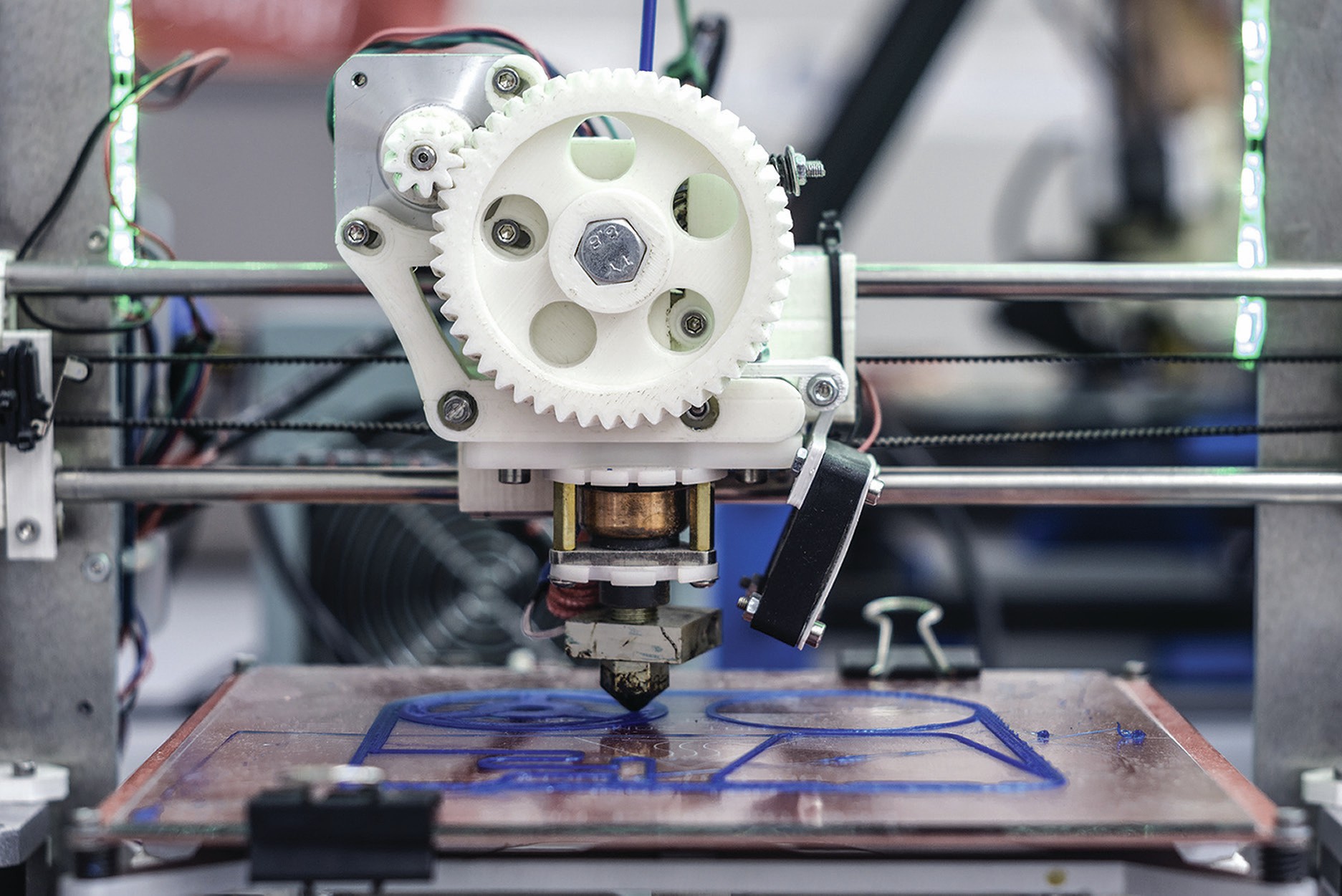
Imagine a world where anything can be made by anyone, anywhere. The ‘replicator’ concept popularised by Star Trek science fiction is edging closer to reality, with many implications for ‘real’ geography. Within 20 years, we may be able to print pairs of trainers in our own homes, thanks to the fast-developing technology called 3D printing.
When we paint on paper, thick layers can be built up with repeated brushstrokes. 3D printing takes the same approach by ‘painting’ layer upon layer of a resin or polymer, until fully three-dimensional objects are created (Figure 1). Around 300 layers of resin creates a shape 1 cm thick. Although 3D technology has existed since the 1980s, a recent stepchange in affordability has taken place. Since 2010, the price of a basic printer — an ovenshaped device capable of creating objects such as cups or simple statues — has plummeted from around £10,000 to £1,000. Your school art department may own one already.
Your organisation does not have access to this article.
Sign up today to give your students the edge they need to achieve their best grades with subject expertise
Subscribe




